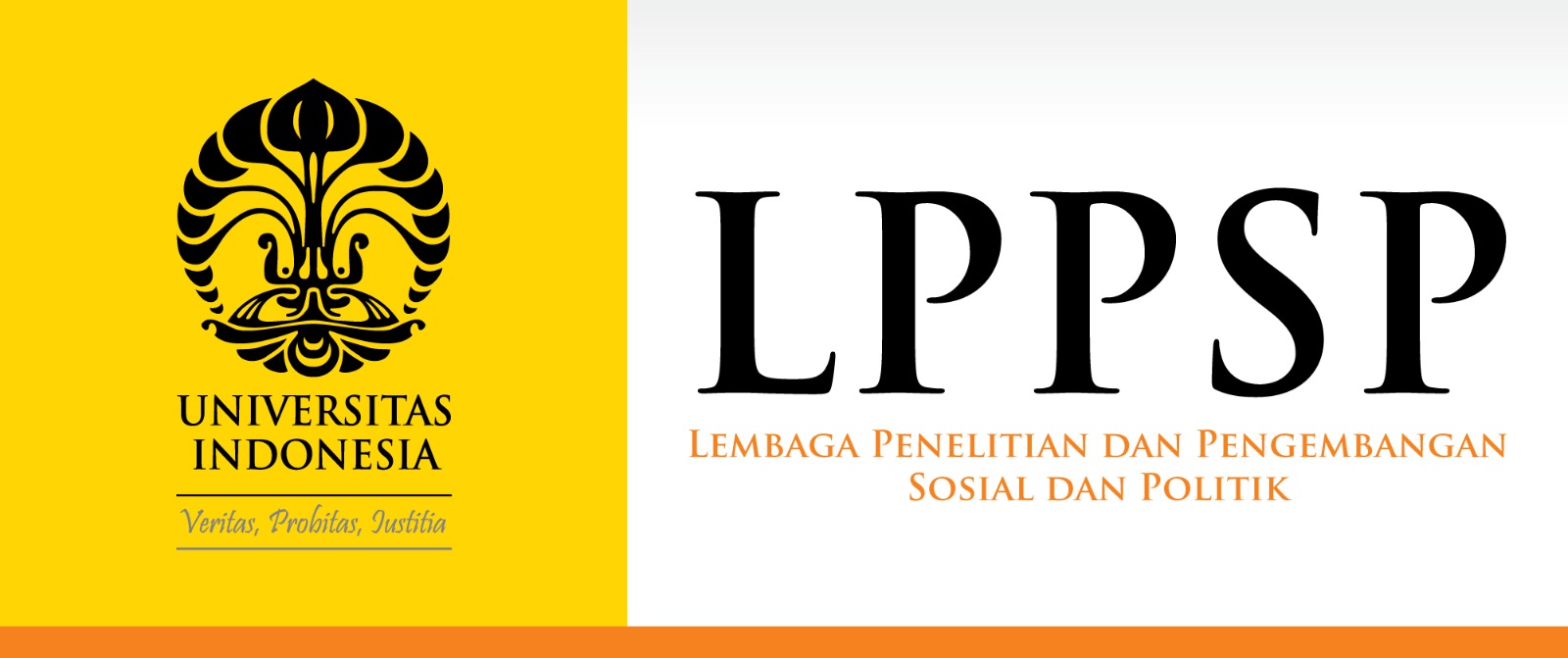JURNAL KOMUNIKASI INDONESIA
Abstract
Kohesi sangat terkait dengan konsep density dalam jaringan sosial. Mekanisme kohesi lazimnya terjadi pada jaringan yang padat/dense di mana para anggotanya memiliki kontak yang sering dan berulang/redundan. Kontak seperti ini menyebabkan perilaku dapat mudah menyebar secara contagious dan diimitasi oleh anggota jaringan secara kohesif. Objek penelitian ini adalah siswa sekolah menengah di sebuah asrama, yang terhubung dalam jaringan bullying. Para siswa ini memiliki kontak yang sering dan berulang, namun jaringan bullying mereka bukan merupakan jaringan yang padat melainkan renggang. Hasil penelitian menunjukkan bahwa penyebaran perilaku secara kohesi pun dapat terjadi pada jaringan yang renggang. Selain density, faktor yang turut mempengaruhi penyebaran perilaku bullying secara kohesif ialah frekuensi dan multiplexity.
Cohesion is closely related with density in social network. Cohesion mechanism normally happens in a dense network where its members make redundant and frequent contacts. This kind of contact allows certain behavior to easily spread like a contagion and is imitated by the network members cohesively. Objects of this study are high school students in a dormitory that belong to a bullying network. These students have a frequent, redundant contact while their bullying network is not dense but sparse. The study discloses that a bevahior can spread cohesively, even in a sparse bullying network. Besides density, other factors that influence the spread of bullying behavior cohesively are frequency and multiplexity.
References
Bovasso, G. (1996). A Network Analysis of Social Contagion Processes in an Organizational Intervention. Human Relations, 49(11), 1419-1435.
Christakis, N. A., & Fowler, J. H. (2011). Social Contagion Theory: Examining Dynamic Social Networks and Human Behavior. Working Paper.
Creswell, J. W. (2014). Research Design: Qualitative, Quantitative, and Mixed Methods Approaches 4th edition. California: SAGE Publication, Inc.
Desiree. (2013). Bullying di Pesantren (Studi Deskriptif di Pesantren "X" Depok). Depok: Fakultas Ilmu Sosial dan Ilmu Politik.
Eriyanto. (2014). Analisis Jaringan Komunikasi. Jakarta: Prenadamedia Group.
Erlan, H. W. (2008). Gambaran Perceived Long Term Effect dari Bullying pada Individu Dewasa yang Pernah Menjadi Korban. Depok: Fakultas Psikologi Universitas Indonesia.
Fitrianto, M. F. (2009). Hubungan antara Trait Kepribadian dengan Perilaku Bullying pada Siswa SMA. Depok: Fakultas Psikologi Universitas Indonesia.
Herrera, M., Armelini, G., & Salvaj, E. (2015). Understanding Social Contagion in Adoption Processes Using Dynamic Social Networks. PLOS Submission.
ICRW & Plan International. (2015). Are School Safe and Gender Equal Spaces? ICRW & Plan International.
Januarko, W., & Setiawati, D. (2013). Studi tentang Penanganan Korban Bullying pada Siswa SMP Se-Kecamatan Trawas. Jurnal BK UNESA, 04(02), 383-389.
Komar, M. (1998). Hubungan Antara Prestasi Belajar, Motivasi, dan Kemandirian Santri: Sebuah Survey di Pondok Pesantren Darunnajah Jakarta Selatan. Jurnal Lembaga Penelitian dan Pengabdian kepada Masyarakat Universitas Darma Persada, 30-45.
Leong, G. C. (2009). Stop Violence Against Children! Psychosocial Impact of Violence + Bullying on Children. UNICEF Malaysia Communications.
Locher. (t.thn.). Social Contagion Theory. Diambil kembali dari http://sociology.morrisville.edu/readings/SOCI360/Locher%20-%20Chp%202%20-%20Social%20Contagion.pdf
Macionis, J. J. (2008). Sociology, 12th ed. UK: Prentice-Hall International, Inc.
Mona, N., & Irwansyah. (2016). Contagion Mechanism on Social Network (Bullying on Teenage Peer Group). The Social Sciences, 4599-4602.
Monge, P. R., & Contractor, N. S. (2003). Theories of Communication Network. Oxford: Oxford University Press.
Moody, J., & Coleman, J. (2015). Clustering and Cohesion in Network: Concepts and Measures. International Encyclopedia of the Social & Behavioral Sciences, 2nd edition, 1-7.
Nailufar, N. (2017, Juli 17). 9 Pelaku "Bullying" di Thamrin City Dikeluarkan Sekolah, KJP Dicabut. Diambil kembali dari Kompas.com: http://megapolitan.kompas.com/read/2017/07/17/16512261/9-pelaku-bullying-di-thamrin-city-dikeluarkan-sekolah-kjp-dicabut
Neuman, W. L. (2011). Social Research Methods: Qualitative and Quantitative Approaches 7th edition. Boston MA: Allyn & Bacon Pearson Education.Inc.
Newman, M. J. (2003). The Structure and Function of Complex Netwotj. SIAM REVIEW Vol.45, No. 2, 157-256.
Olweus, D. (1993). Bullying at School: What We Know and What We Can Do. Cambridge, MA: Blackwell.
Rogers, E. M., & Kincaid, D. L. (1981). Communication Networks: Toward a New Paradigm for Research. New York.
Scares, A. E., & Lopes, M. P. (2014). Social Network and Psychological Safety: A Model of Contagion. Journal of Industrial Engineering Management, 7(5), 995-1012.
Spears, B., Slee, P., Owens, L., & Johnson, B. (2009). Behind the Scenes and Screens: Insight into the Human Dimension of Covert and Cyberbullying. Journal of Psychology, 217(4), 189-196.
van Dijk, J. A. (2006). The Network Society second edition. London: SAGE Publications .
Recommended Citation
Mona, Nailul
(2016)
"Kohesi pada Jaringan Sosial Bullying,"
JURNAL KOMUNIKASI INDONESIA: Vol. 5:
No.
2, Article 2.
DOI: 10.7454/jki.v5i2.8461
Available at:
https://scholarhub.ui.ac.id/jkmi/vol5/iss2/2
Included in
Gender, Race, Sexuality, and Ethnicity in Communication Commons, International and Intercultural Communication Commons, Social Influence and Political Communication Commons




